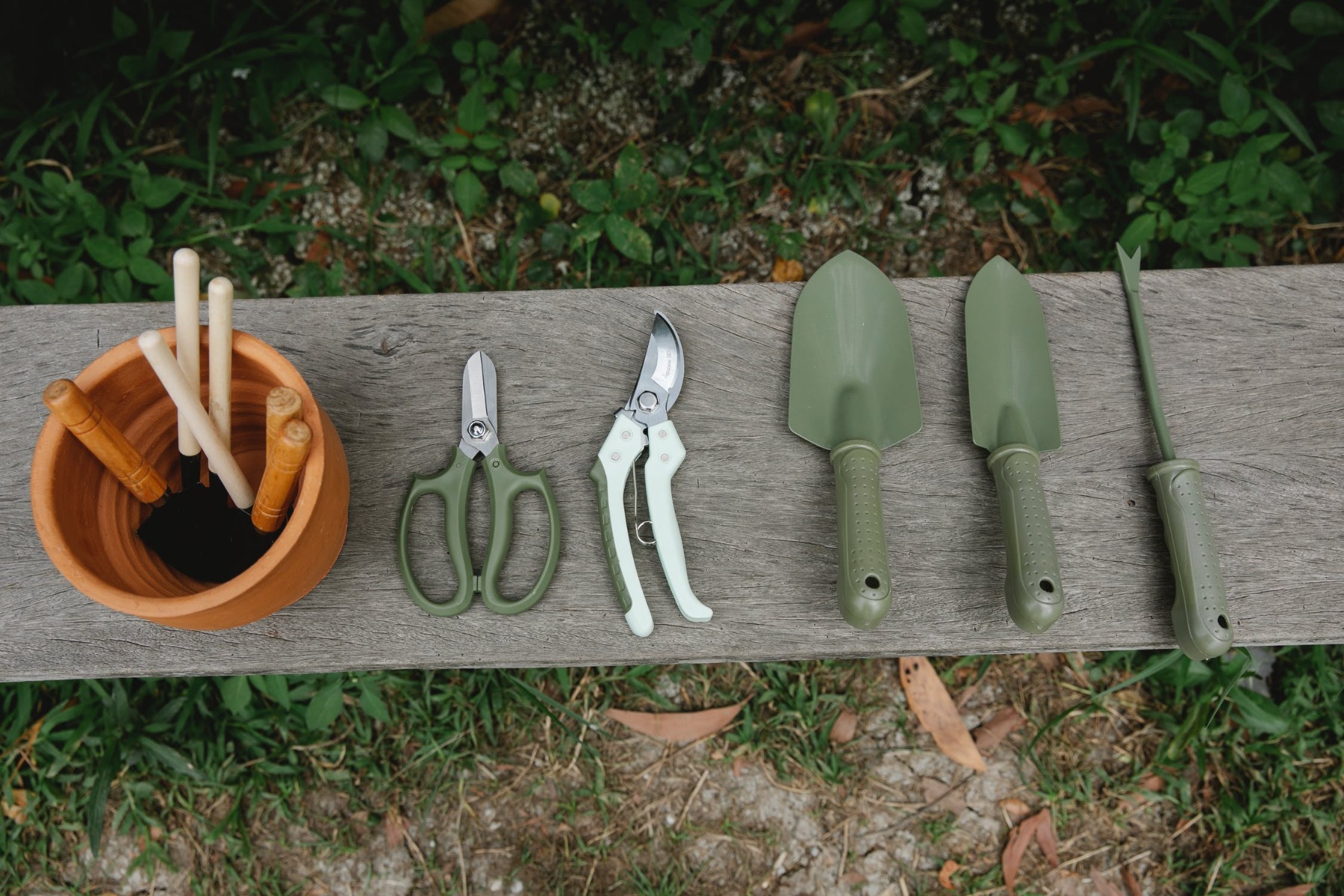7 tips for growing a vegetable garden

7 tips for growing a vegetable garden
Vegetable garden It takes a bit of planning to grow your own vegetables, but once you get going, it’s one of the most rewarding things you can do in a garden. Home-grown vegetables are environmentally friendly, can save you a lot of money, and are a fun way to spend time outdoors. Not to mention the taste!
Get started with these tips.
1. Select a location
Vegetables need lots of light to grow plump and luscious, so pick a sunny location. The closer the location is to your kitchen, the easier it is to make use of the crop.
2. Raised beds, rows or pots/containers
Choose the garden format that will best suit your goals. Raised beds give you control of the soil and are an efficient use of space. Rows can be easier to modify along with your growing plans. Container gardening is a versatile and easy option for small gardens and can be used for growing fresh herbs, salad leaves, tomatoes or chillies.

3. Preparing your paths
Make the in-between paths wide enough for a wheelbarrow to ease the transportation of materials. Think about which path surfaces best fit your garden. Grassy paths need to be mowed and should allow space for a lawn mower. Pebble and gravel paths need to be weeded regularly.
4. The key is soil
Use fertile, weed-free, organic soil to boost your crop yield and minimise the need for weeding. It’s a good idea to get your soil analysed by a gardening professional to get a clearer understanding of your soil’s particular needs.
5. Choosing seeds and plants
Plan what and how much to sow in advance. It’s a common mistake to buy too many seeds and plants due to excitement in the spring. Combine vegetables with edible flowers and herbs to create a beautiful mix. Flowers have the added advantage of attracting pollinators. Also consider how plants interact with each other, since plants can have a strong effect on their neighbouring species. Examples of perfect companions that boost each other’s growth are basil paired with tomato, and kale paired with common marigold.

6. Select your tools
Garden or veggie bed, needs constant attention and care, so make sure you have the right tools and gadgets, be it a simple pair of garden scissors or a pruner, keep them lined up in your garage.
7. Caring for your plants
Take care of your seeds and plants according to the recommendations of each species. Water the plants regularly and fertilise if needed. Most of the crops enjoy adequate moisture, but the soil shouldn’t be too wet either. Organic mulch, like straw clippings, nourishes the soil and helps the ground to retain moisture.








